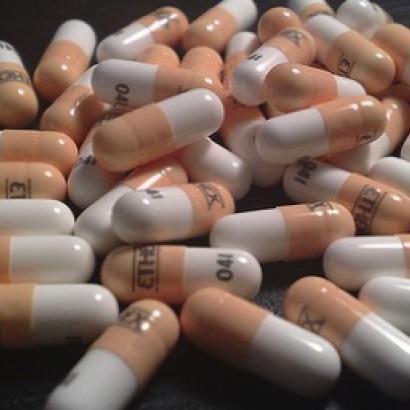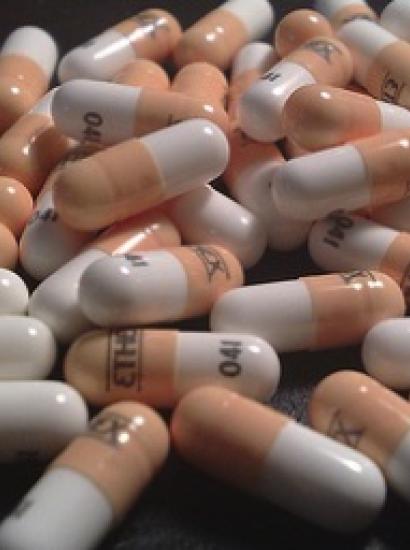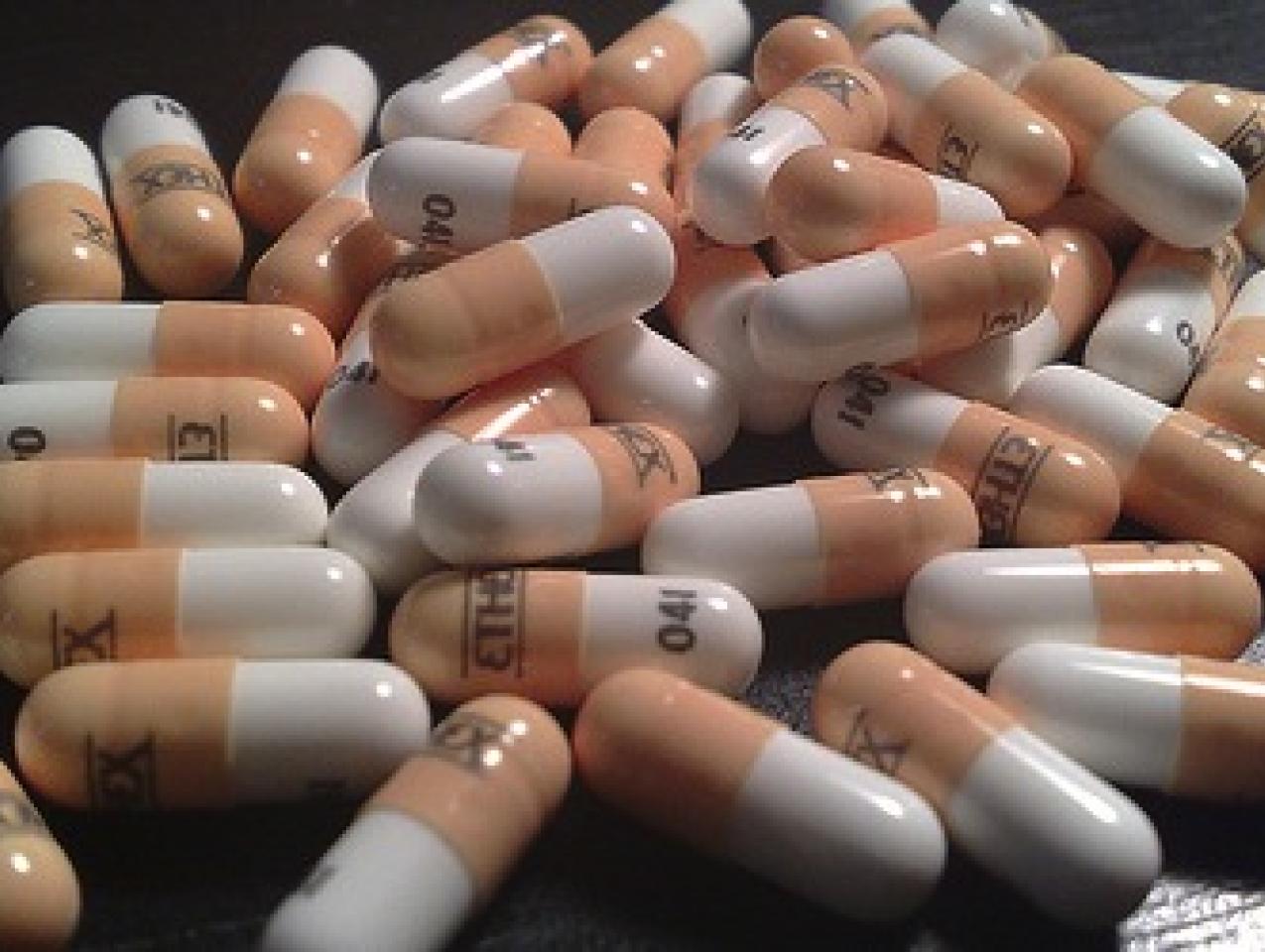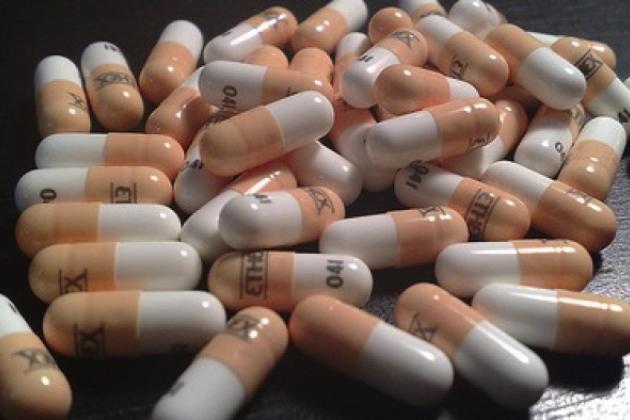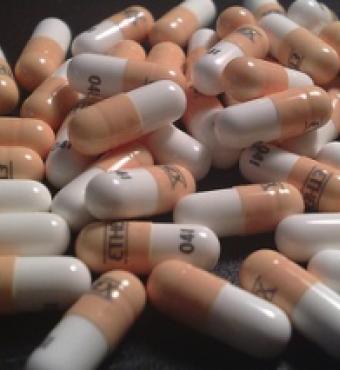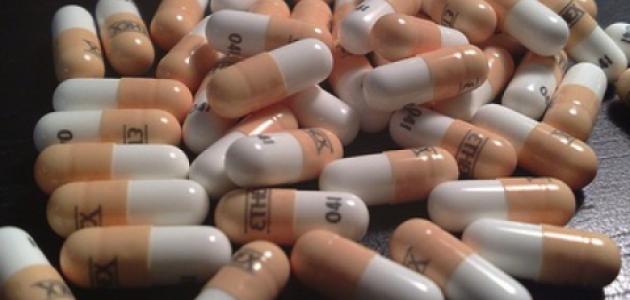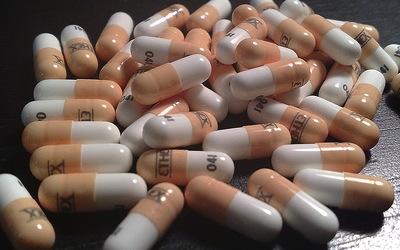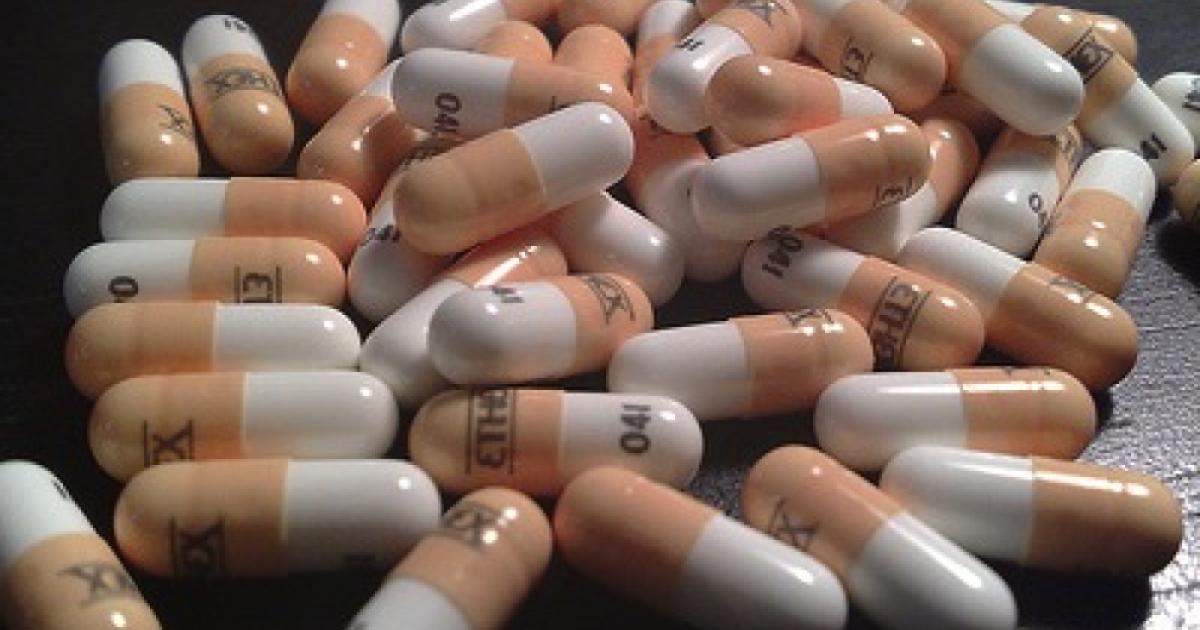It sounds like the plot of an episode of TV’s “Law & Order”: The FDA warns doctors that a counterfeit version of Avastin, a widely used intravenous cancer drug (which is also used off-label to treat age-related macular degeneration), has been found in the United States. Patients who get the fake drug fail to go into remission and die.
Issued in February, this was the third such warning from the feds over the course of a year. The counterfeit contained none of the active ingredient in genuine Avastin, which is used to treat cancers of the colon, lung, kidney, and brain. Regulators did not say what was actually in the vials but in one of last year’s incidents, they contained salt, starch, and a variety of chemicals that are potentially carcinogenic or otherwise harmful.
It is unclear how many patients were actually injected with these counterfeit drugs but the implications are clear: The substitution of something inactive, or even harmful, for a life-saving drug is potentially lethal. “People who receive a fake medication instead of Avastin could have lost several months of their lives,” according to Professor Nimesh Nagarsheth of the Mt. Sinai School of Medicine in New York.
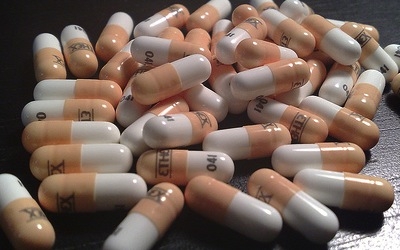
Photo credit: Be.Futureproof
U.S. law defines a counterfeit as a “drug which, or container or labeling of which, without authorization, bears the trademark, trade name, or other identifying mark, imprint, or device, or any likeness thereof, of a manufacturer, processor, packer, or distributor other than the person or persons who in fact manufacture, processed, packed, or distributed such drug and which thereby falsely purports or is represented to be the product, or to have been packed or distributed by, such other drug manufacturer, processor, packer, or distributor.”
To translate the implications of this definition into plain English: some products do not contain any of the purported active ingredient(s) and are completely bogus. In dozens of drugs in the United States—including anti-HIV medicines, cholesterol-lowering agents, and anti-arthritis medications—dangerous substances have been substituted for the active ingredient. The adulterants have included cement, gypsum, talcum powder, sawdust, industrial solvents, and even yellow highway paint. Many other products have been tampered with, contaminated, diluted, repackaged or mislabeled in a way that misrepresents the contents, dosage, origin, or expiration date.
It is about time that drug counterfeiting received more attention from the media and the public; it is, after all, a potential serial killer. In 2010, during the H1N1 flu epidemic, the FDA warned consumers about a potentially harmful counterfeit of an anti-flu drug, Tamiflu, that could be a killer in two respects: It lacked any of the flu-preventing medicine it purported to be while it did contain an antibiotic similar to penicillin that can be lethal to people who are allergic to it. In that same year, counterfeits of the weight-loss drug Alli sold over the Internet contained none of the active ingredient in the real drug but did contain sibutramine, the prescription-strength weight-loss drug Meridia, which has since been removed from the U.S. market because of concerns about cardiac side effects.
These are not isolated incidents. It's a bitter pill to swallow, but you can no longer be sure what will actually be in your next medicine vial. According to the World Health Organization’s estimates, about 10-15 percent of the world’s drug supply is counterfeit. In the United States, approximately 5-7 percent is counterfeit.
Consumers who buy drugs abroad are taking an especially great risk. In one anti-counterfeiting operation, spot-checks by the FDA and the U.S. Customs Service found that 88 percent of drugs imported into the country by mail or courier violated federal safety standards in some way. In 2007, counterfeits of AstraZeneca’s breast-cancer drug Casodex, which were made in China, reached UK pharmacies via Hong Kong, Singapore, and Belgium.
Orders from websites are especially vulnerable to fraud. An FDA operation in 2005 found that nearly half of the imported drugs intercepted by federal officials from four selected countries—India, Israel, Costa Rica, and Vanuatu—had been shipped to fill orders that consumers believed they were placing with Canadian pharmacies. Of the drugs being promoted as Canadian, 85 percent actually came from 27 other countries around the globe. A significant number of these products were found to be counterfeit.
And in an intensive week-long blitz in September and October of 2012, the FDA, working with international regulatory and law enforcement agencies from about 100 countries, cracked down on thousands of online pharmacies for selling unapproved or counterfeit medicines.
The FDA has increased the number of its investigations of domestic counterfeiting (which can involve ingredients from abroad) several-fold during the past decade, but detection and interdiction remain woefully inadequate. According to Caroline Henshaw of the Wall Street Journal, “The U.S. and Europe seized only about $161 million worth of counterfeit goods [a large fraction of which were pharmaceuticals] from East Asia in 2010—equivalent to around 1.25% of the estimated illegal trade between Asia and its largest trading partners.”
The perpetrators include not only greedy businessmen trying to increase their profit margins but also big-time organized crime entities, such as the Russian mafia, Chinese triads, and Columbian drug cartels, as well as terrorist groups such as Hezbollah, the Irish Republican Army, and Spain’s separatist organization ETA. They are adept at duplicating the appearance of pills and capsules and even the security measures on the packaging, including serial numbers on the blister packs and holograms. Without performing sophisticated chemical or spectral analyses, the counterfeits may be virtually impossible to identify.
How do fraudulent medicines enter the drug supply? Primarily by counterfeiters’ taking advantage of an alternative to the mainstream pathway of pharmaceutical manufacturing and distribution through which drugs normally move linearly from manufacturer to distributor to pharmacy to patient. The pathway from counterfeiters often goes through many countries and may involve repackaging to disguise the country of origin.
What can be done?
There have been lots of complementary and sometimes overlapping suggestions from multiple sources. A good start would be to implement the recommendations in a report from a federal multi-agency group that studied this issue. One of these was to improve law enforcement with greater data- and information-sharing among government departments; for example, the report suggested that the FDA and Customs and Border Patrol develop a plan to intercept illegal pharmaceuticals at U.S. ports of entry and that the agencies work with the U.S. Customs and Immigration Enforcement to intercept small shipments of illegal medicines that enter the United States via postal, overnight mail, and air cargo services. The effects of this ramped up enforcement are already evident: in 2010 the U.S. Department of Homeland Security seized 170 percent more illegal pharmaceuticals products than in 2005.
The report highlights the need for greater collaboration with regulators and law enforcement officials in other countries, as well as with international agencies such as the World Customs Organization and Strategic Alliance Group, which consists of enforcement agencies from the USA, UK, Canada, Australia and New Zealand.
The report also recommends legislative remedies. Among them:
–A requirement for importers and manufacturers of medicines to notify the FDA and other relevant agencies when they discover counterfeits of their products. Currently, fearing adverse publicity, some manufacturers prefer not to notify authorities of the counterfeiting of their products.
–Extension of the requirement for "in-person medical evaluation" before a drug is prescribed—which currently applies to controlled substances—to include all prescription drugs. This would increase the difficulty of improper online prescribing.
–Enactment by Congress of a track-and-trace system for pharmaceuticals and related products, to make it more difficult to introduce counterfeit drugs into the U.S. market. This would require the participation of every link of the supply chain, with continual monitoring of the unique serial number on each package, and additional security features such as holograms, color-shifting ink, and difficult-to-reproduce chemical or radioactive tags. (This critical proposal was more recently echoed by the Pharmaceutical Distribution Security Alliance—a coalition of more than 25 involved groups, including biopharmaceutical manufacturers, distributors, pharmacies, and logistics providers.
–A requirement that prescription drug products contain sophisticated technology able to determine the product's source and distribution history;
–A marked increase in the penalties for counterfeiting drugs, especially if they present a serious risk to health. Drug counterfeiting is made attractive to criminals by the threat of only modest penalties in the event that they are apprehended.
The U.S. National Academy of Sciences’ Institute of Medicine, in a just-released report, made a series of broader suggestions which included: international harmonization of inspections; the development of “communication and training programs for consumers and health workers on understanding the quality and safety of medicines”; the creation of a national database with information on suspended and revoked wholesale licenses; the creation of “a central repository for existing and newly innovative detection, sampling and analytical technologies...to identify falsified and substandard medicines.”
Consumers, too, must play an important part in this effort. In 2011, one in six Americans purchased medicines of some kind on the Internet; many, perhaps most, of these were counterfeit or substandard in some way. Anyone who makes Internet purchases should, moving forward, only patronize only pharmacies on the National Board of Pharmacy’s recommended list.
Finally, users of prescription drugs should be vigilant for anything amiss in any medicine obtained anywhere—unusual color, texture, markings or packaging, and, when feasible, for any differences in effectiveness or side effects. FDA offers some additional precautions on its website.
In order to ensure the safety and efficacy of medicines and confidence in commerce, governments and individuals must make combating the counterfeiting of drugs a high priority. As economist Roger Bate has written, “Until international bodies clean up their act and stop blurring the boundaries between safe medicines and sub-standard copies and until there are harsh local and international penalties for manufacturing and carrying counterfeits, the pirates will continue to get away with murder.” Literally.








